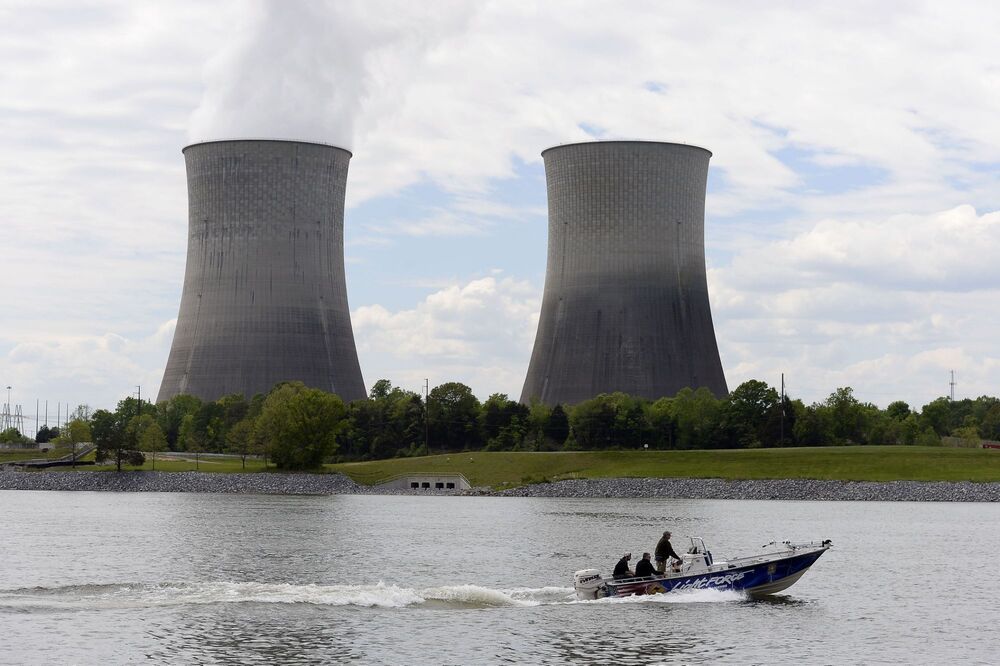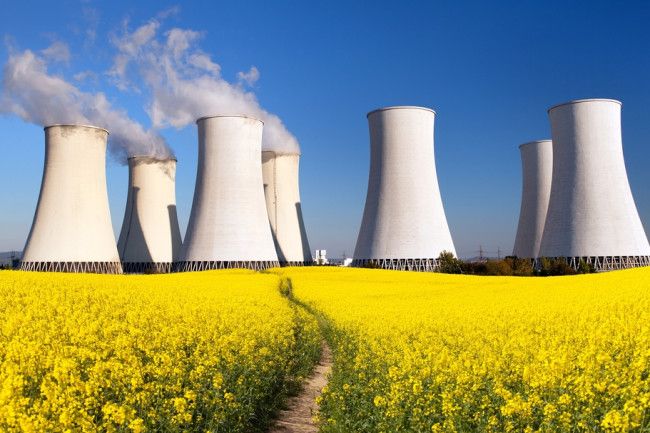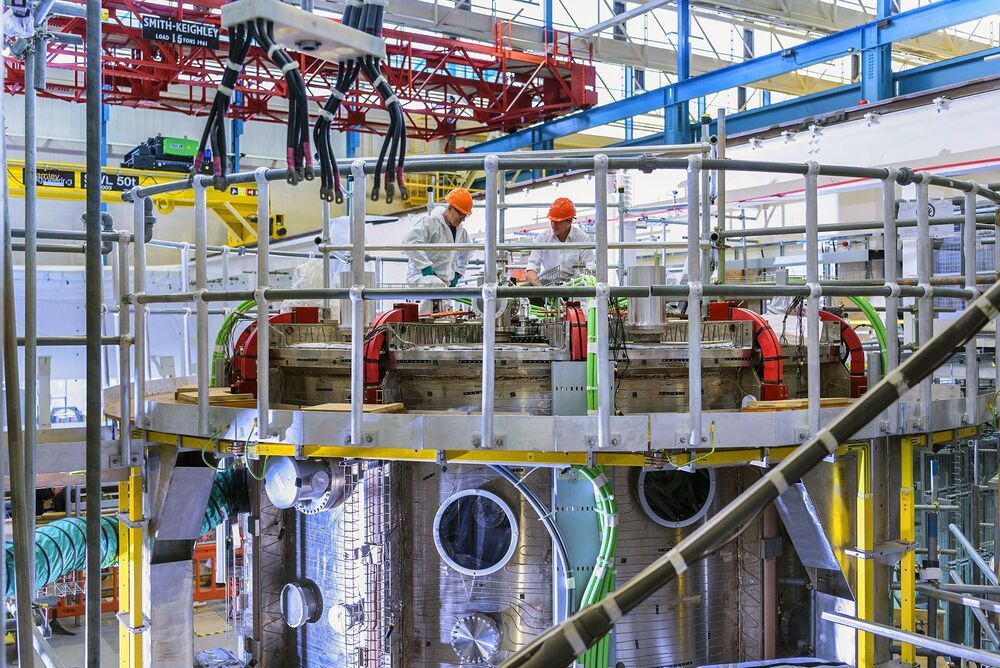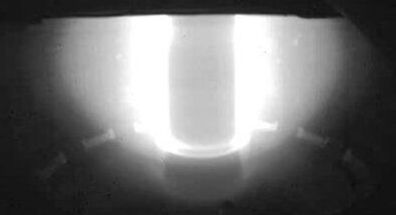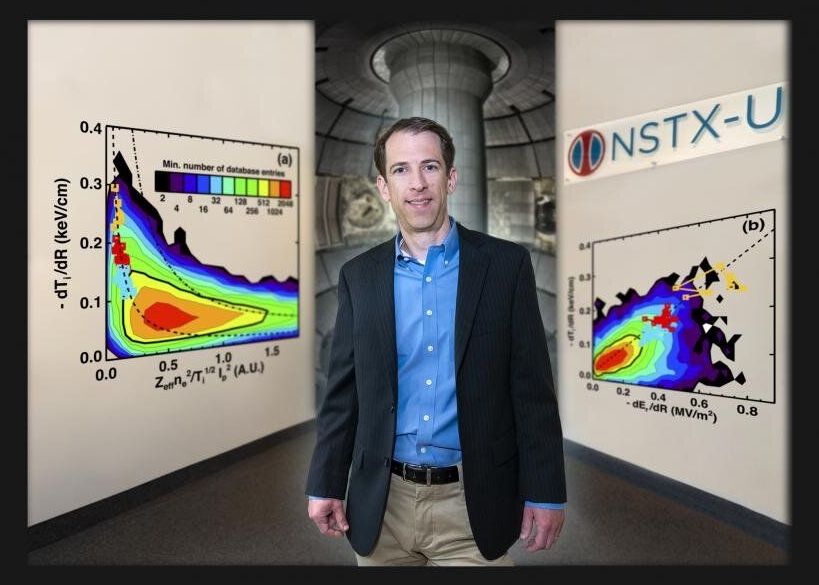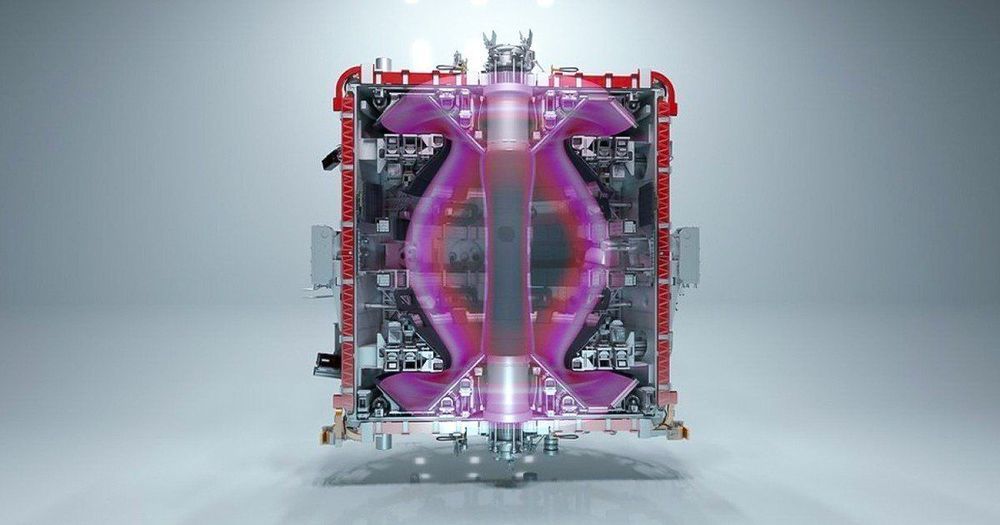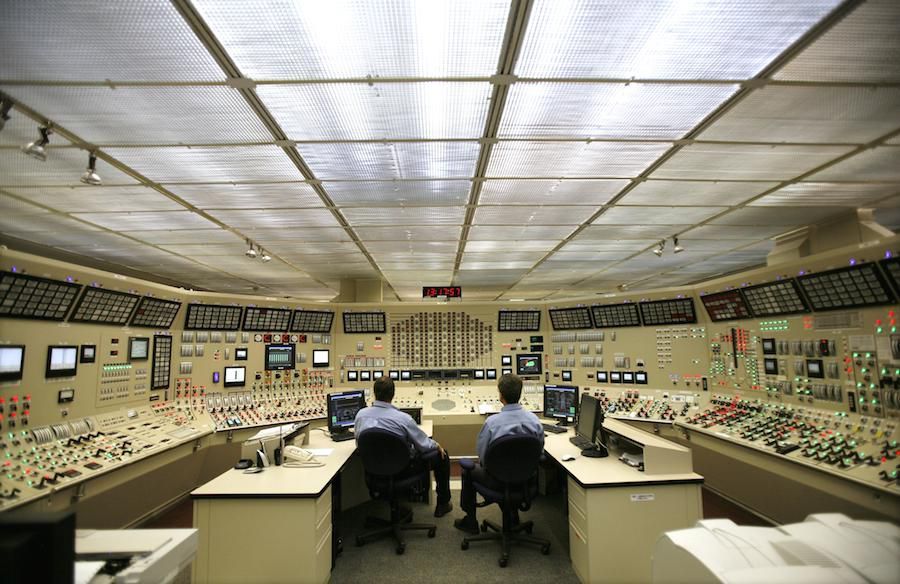Nov 14, 2020
Federal utility fined $900K for nuclear violations, coverup
Posted by Quinn Sena in categories: nuclear energy, security
Federal regulators have fined the nation’s largest public utility more than $900,000 for violating procedures during the startup of a Tennessee nuclear reactor and subsequently misleading investigators. Two managers and a plant operator who worked at the Tennessee Valley Authority’s Watts Barr Nuclear Plant in Spring City were also issued violations by the Nuclear Regulatory Commission.
Howard Hall, director of the University of Tennessee’s Institute for Nuclear Security, said the notice of violation to TVA points to “a systemic problem in management.”
“As someone who has worked in this field essentially my entire life, I would have been appalled to receive such a letter,” Hall said.
